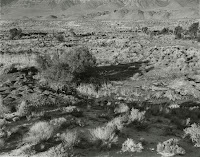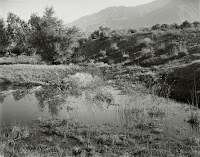 In January of 2007, I began photographing the 62-mile stretch of river and delta area that is being affected by the diversion of water from the aqueduct. This will be a several year project that will focus primarily on documenting the reestablishment of the Lower Owens River ecosystem. You can read about the Lower Owens River Project here.
In January of 2007, I began photographing the 62-mile stretch of river and delta area that is being affected by the diversion of water from the aqueduct. This will be a several year project that will focus primarily on documenting the reestablishment of the Lower Owens River ecosystem. You can read about the Lower Owens River Project here.
I have been able to find relatively little news about the progression of the project. The latest update I have seen is that the mandated flow rates were met in April.
I was photographing there in early February and early May. I will give my impression of the changes I have seen so far over. It seems like a good time to bring this up because I am in the middle of printing the negatives from the trip this spring.
Someone just asked me if I have seen any significant changes in the Owens Valley at this point? Well, yes and no. I am not a scientist so I can't say authoritatively what is happening in the environment. But, I can look at the trees, and watch the birds and try to catch some fish.
There are locked gates that keep you out of the area from the east side of the river, and there is barbwire along the whole of the road that runs on the east side of the river. That is where they are creating the lakes. You can climb through the barbwire, but then it is a LONG walk to the river from that point.
After I get all the negatives printed from this last trip I am going to approach Inyo Water to get access to all the closed-off areas. I hope I can start working there in the fall.
What most people don't realize is that this is much more than just opening the gates and letting water flow back into the river. They are creating waterways that will recreate small lakes for fish and waterfowl, and creating ways to water pastures so cattle don't disrupt the rehabilitation efforts.
There were always trees along the river, even when it was dry, but they were mostly tamerisk (salt cedar). Inyo Water has been bulldozing and burning those trees (which are actually invasive plants). I walked into one of those areas that was burnt when I was out in May, but it was too hot, and too far of a walk to do with an 8x10. (Although I generally don't like off-highway-vehicles, I am considering borrowing one on my next trip out there in order to go down those roads that are too soft and narrow for my father's truck).
There are certainly more birds than I ever remember as a kid. More even that when I would cruise the back roads to photograph five years ago. I did come across a place east of Lone Pine that might give an indication to how beautiful it will all be in the coming years. Though that also raises a concern, which was one reason for me doing the project in the first place.
My grandfather said to me once something to the effect of, "In a way, LA saved this valley. By taking all the water, they kept all the people away." What will happen to the Valley once people know about how beautiful it really is?

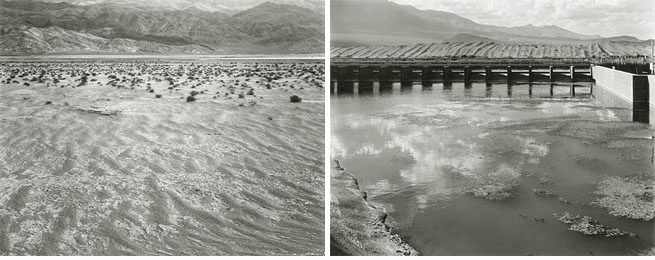
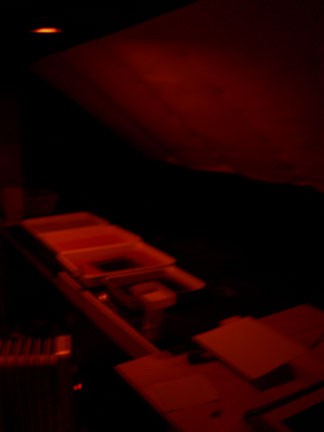
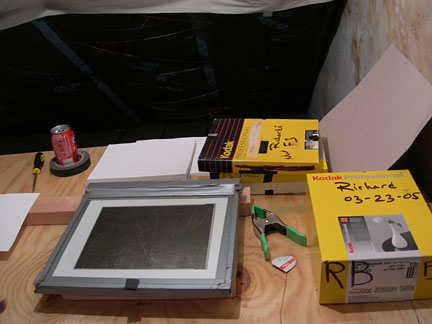





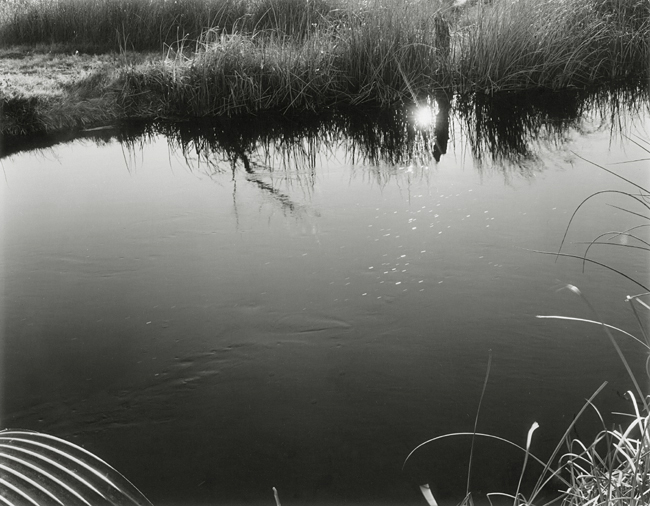
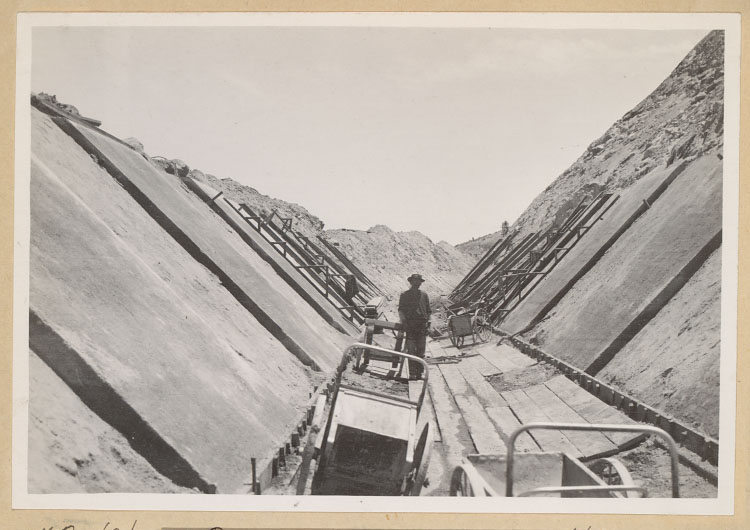
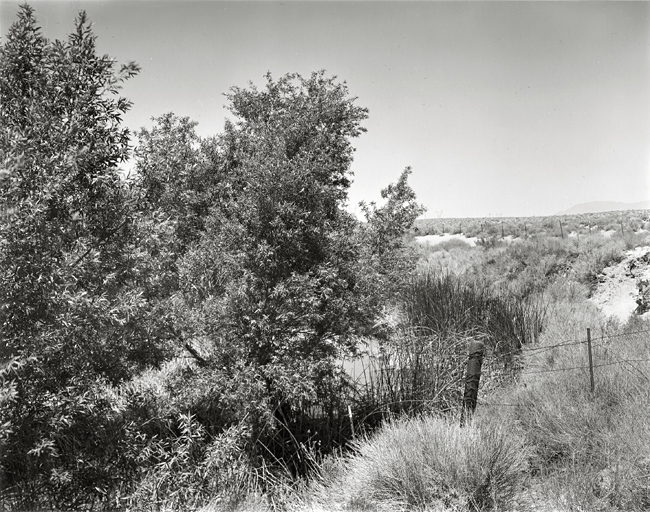

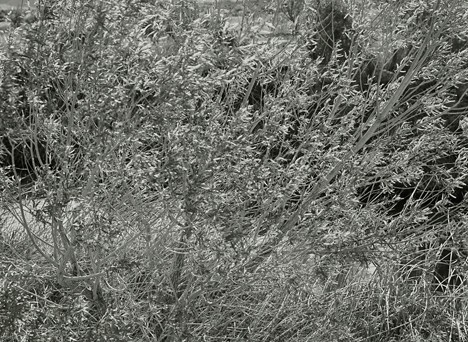
 This new picture from my
This new picture from my 